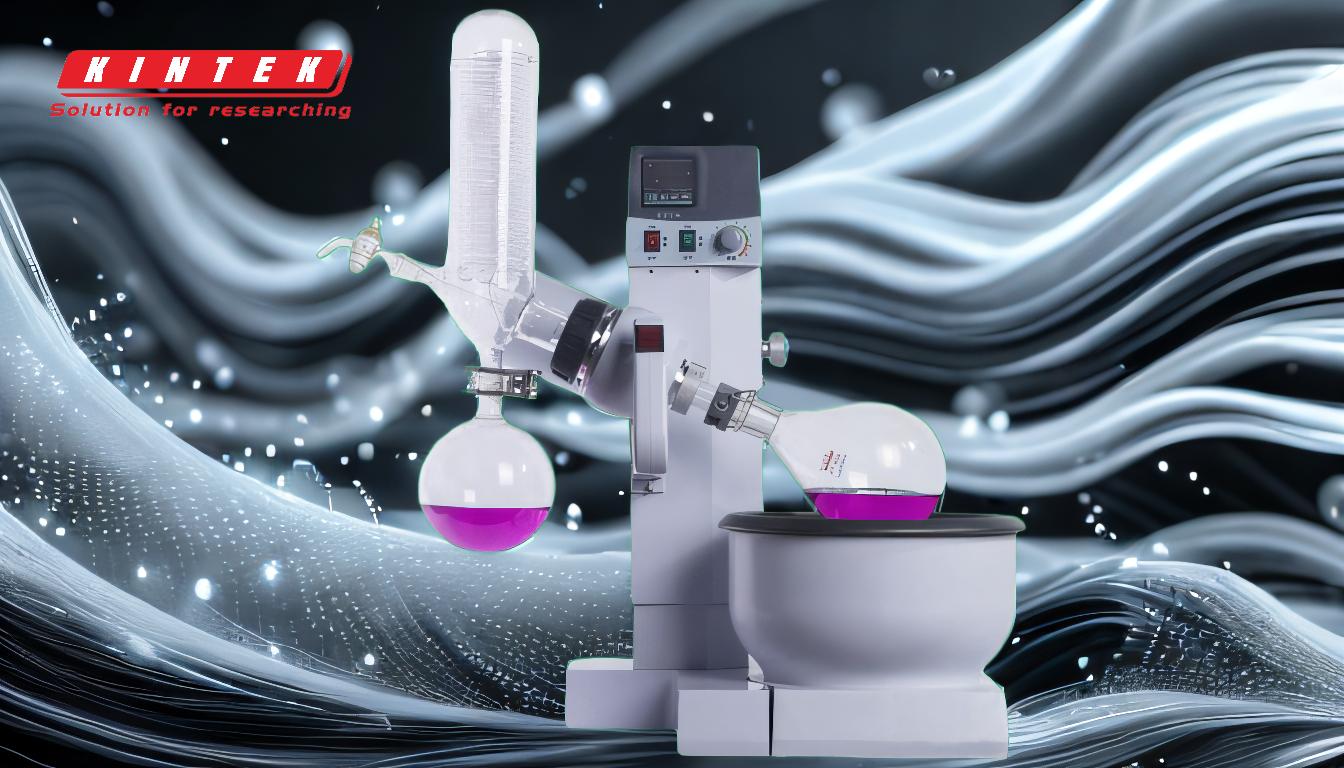The temperature of the rotovap water bath is a critical factor in the efficiency and safety of the rotary evaporation process. For most common lab solvents, a temperature range of 25-50°C is typically sufficient. Lower temperatures (30-40°C) are often preferred to minimize the risk of bumping and thermal decomposition of sensitive compounds. The water bath temperature should never exceed the boiling point of the solvent being used. Tools like a manometer and distillation nomograph can help determine the optimal temperature. Additionally, the water bath's temperature capacity should align with the solvent's properties and the specific requirements of the experiment.
Key Points Explained:

-
Optimal Temperature Range for Common Solvents:
- For most common lab solvents, a water bath temperature between 25°C and 50°C is sufficient for rotary evaporation. This range balances evaporation efficiency with the prevention of solvent decomposition or bumping.
- Lower temperatures (e.g., 30-40°C) are often recommended to reduce the risk of thermal decomposition, especially for heat-sensitive compounds.
-
Avoid Exceeding the Solvent’s Boiling Point:
- The water bath temperature should never exceed the boiling point of the solvent being evaporated. Exceeding this temperature can lead to rapid boiling, bumping, and potential loss of sample or damage to equipment.
- For small volumes of common solvents, a water bath warmer may not even be necessary, as ambient temperatures can suffice.
-
Balancing Evaporation Speed and Safety:
- Lower water bath temperatures slow down the evaporation process but reduce the likelihood of bumping and thermal degradation. This is particularly important for sensitive or volatile compounds.
- Higher temperatures can speed up evaporation but increase the risk of bumping and thermal decomposition.
-
Use of Tools for Temperature Optimization:
- Tools like a manometer and distillation nomograph can help determine the optimal water bath temperature based on the solvent’s properties and the vacuum level applied.
- These tools ensure that the temperature is set appropriately to achieve efficient evaporation without compromising safety or sample integrity.
-
Water Bath Temperature Capacity:
- The water bath’s temperature capacity should align with the solvent’s properties and the experiment’s requirements. Water baths with a range of room temperature +5°C to 95°C are commonly available and suitable for most applications.
- Always refer to the Standard Operating Procedure (SOP) for specific temperature guidelines related to the solvent and experiment.
-
Practical Recommendations:
- For general use, a water bath temperature of 30-40°C is a safe and effective starting point. This range is suitable for most common solvents and minimizes risks.
- If the solvent is highly volatile or heat-sensitive, consider starting at the lower end of the range and adjusting as needed.
By following these guidelines, you can ensure efficient and safe rotary evaporation while minimizing the risk of sample loss or equipment damage. Always consider the specific properties of the solvent and the requirements of your experiment when setting the water bath temperature.
Summary Table:
| Key Factor | Details |
|---|---|
| Optimal Temperature Range | 25-50°C for most common solvents; 30-40°C for heat-sensitive compounds |
| Avoid Exceeding Boiling Point | Never exceed the solvent’s boiling point to prevent bumping and damage |
| Tools for Optimization | Use a manometer and distillation nomograph for precise temperature control |
| Water Bath Capacity | Typically ranges from room temperature +5°C to 95°C for most applications |
| Practical Recommendation | Start at 30-40°C for general use; adjust for volatile or heat-sensitive solvents |
Need help optimizing your rotovap setup? Contact our experts today for personalized guidance!



















